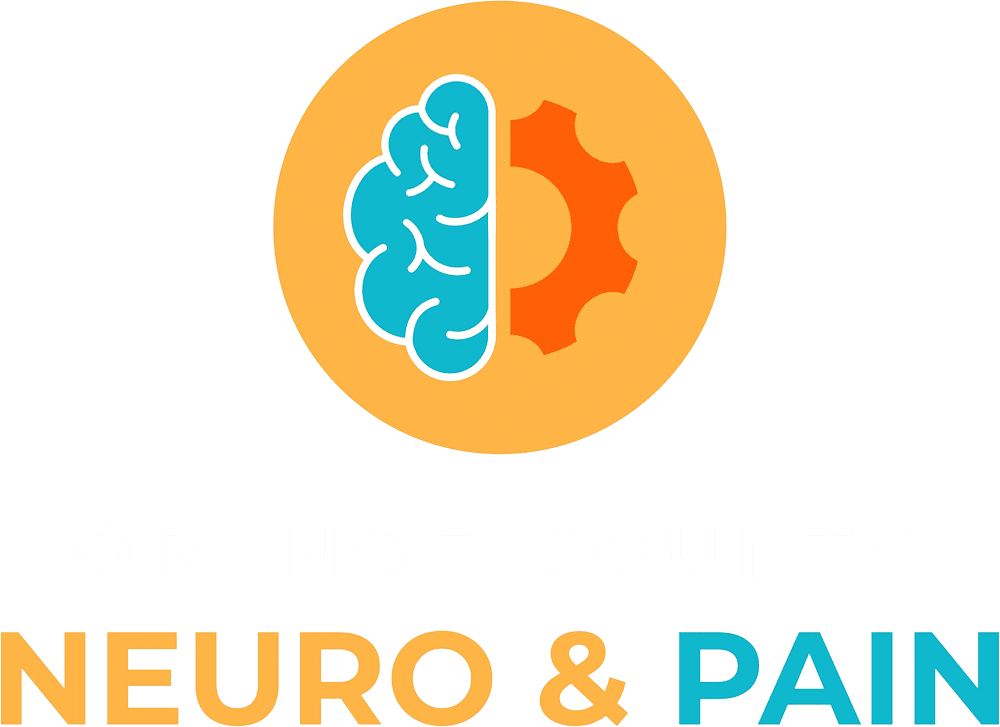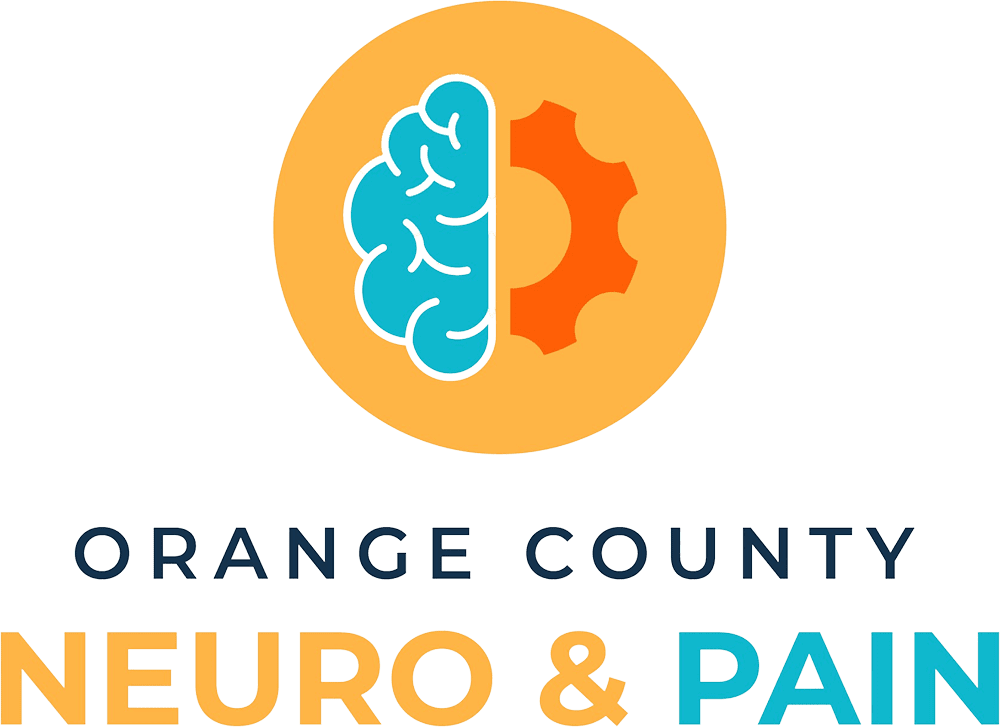

Eating disorders are serious and often life-threatening conditions characterized by persistent disturbances in eating behaviors, attitudes, and thoughts. They can affect individuals of any age, gender, or background and are associated with a range of physical, psychological, and social consequences.
Anorexia
One of the most well-known types of eating disorders is anorexia nervosa, which is characterized by an intense fear of gaining weight, a distorted body image, and severe weight loss. People with anorexia may restrict their food intake, avoid certain foods or food groups, or engage in excessive exercise to lose weight. They may also experience symptoms such as fatigue, dizziness, and hair loss due to malnutrition. The exact causes of anorexia are unknown, but genetics, social, and cultural factors, and psychological issues such as anxiety, low self-esteem, or perfectionism may play a role.

Bulimia
Another type of eating disorder is bulimia nervosa, which involves a cycle of binge eating followed by purging behaviors such as vomiting, laxative use, or excessive exercise. People with bulimia may also engage in strict dieting, fasting, or over-exercising to compensate for the calories consumed during binge episodes. Bulimia can cause electrolyte imbalances, gastrointestinal problems, and dental issues. The causes of bulimia are similar to those of anorexia, including genetic, social, and psychological factors.
Binge Eating
Binge-eating disorder is characterized by recurrent episodes of eating large amounts of food in a short period, accompanied by a sense of loss of control and feelings of guilt, shame, or disgust. Unlike bulimia, people with binge-eating disorder do not engage in compensatory behaviors such as purging. They may eat alone or in secret and feel distressed about their eating habits. Binge-eating disorder can lead to obesity, high blood pressure, and other health problems. The causes of binge-eating disorder are not fully understood but may include genetic, environmental, and psychological factors.
Other Types of Eating Disorders
Other types of eating disorders include avoidant/restrictive food intake disorder (ARFID), which involves a persistent refusal to eat certain foods or food groups due to sensory issues, fear of choking, or lack of interest in food; and pica, which is characterized by a persistent craving and consumption of non-food items such as dirt, clay, or paper. Both ARFID and pica can lead to nutrient deficiencies, gastrointestinal problems, and other health risks.
Risk Factors of Eating Disorders
Several risk factors can increase the likelihood of developing an eating disorder. These include a family history of eating disorders or other mental health issues, a history of trauma or abuse, cultural pressure to conform to certain body ideals, low self-esteem, and perfectionism. Certain personality traits such as impulsivity, obsessiveness, or anxiety can also contribute to the development of an eating disorder.
Ketamine Infusion Treatment
Ketamine can help treat eating disorders by targeting the brain’s reward centers and reducing negative self-perception. Ketamine is a dissociative anesthetic that has been used to treat depression and anxiety in recent years. Studies have shown that ketamine can reduce symptoms of bulimia and anorexia by decreasing the urge to overeat and improving mood. By regulating neurotransmitters associated with reward and motivation, ketamine may help individuals with eating disorders overcome their negative self-image and adopt healthier behaviors.

